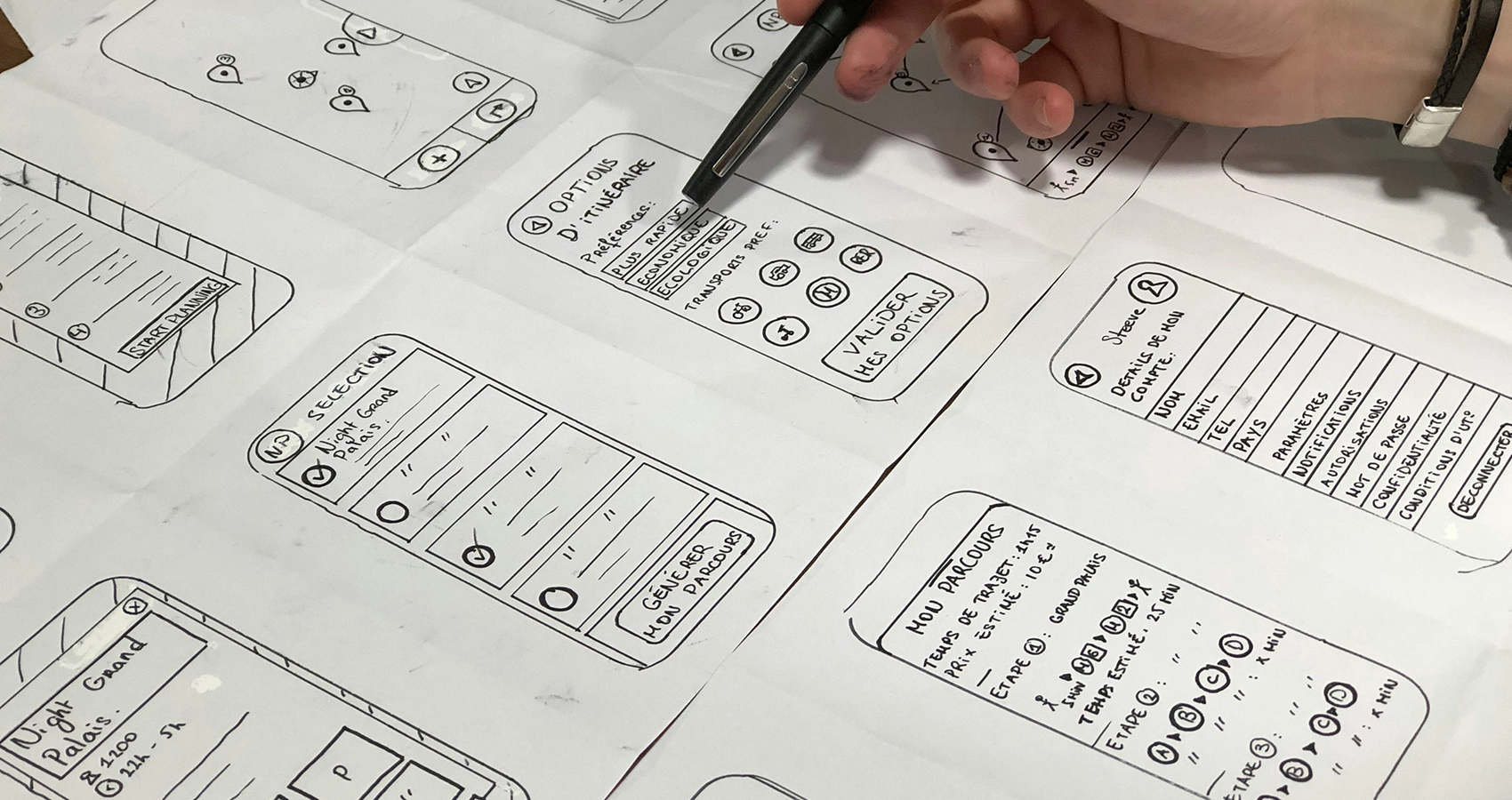What is UX/UI Design?
UX (User Experience)
UX design focuses on how a user interacts with a product, ensuring it is easy to use, efficient, and enjoyable. This involves research, wireframing, user testing, and iterative improvements based on feedback. As Steve Krug, author of *Don't Make Me Think*, emphasizes, "A great user experience should be almost invisible—users should accomplish their goals effortlessly."
UI (User Interface)
UI design, on the other hand, is about the look and feel of the digital product. It involves choosing colors, typography, button styles, and interactive elements that create a visually appealing and intuitive interface. As renowned designer Jakob Nielsen states, "A user interface is like a joke. If you have to explain it, it’s not that good."
The Business Impact of Good UX/UI
1. Higher User Engagement
A seamless UX/UI keeps users engaged by reducing friction and enhancing usability. Research by Forrester suggests that a well-designed UI can increase a website’s conversion rate by up to 200%, while better UX design can yield conversion rates up to 400%.
2. Increased Customer Retention
Users are more likely to return to a website or app that provides a smooth and enjoyable experience. Companies like Apple and Airbnb invest heavily in UX/UI, leading to higher customer loyalty and brand trust.
3. Improved Accessibility and Inclusivity
A well-thought-out UX/UI design ensures accessibility for users with different needs, including those with disabilities. Implementing Web Content Accessibility Guidelines (WCAG) not only enhances usability but also broadens the audience reach.
4. Boost in SEO Rankings
Google considers user experience metrics like page speed, mobile responsiveness, and ease of navigation as ranking factors. A well-optimized UX/UI helps improve search engine visibility and organic traffic.
UX/UI Best Practices for Modern Web Development
- User Research First: Understanding your target audience's behavior, needs, and pain points helps create user-centered designs.
- Mobile-First Approach: With over 50% of global web traffic coming from mobile devices, ensuring mobile responsiveness is non-negotiable.
- Consistency in Design: Maintaining uniform typography, colors, and layouts improves usability and branding.
- Fast Load Times: A delay of even one second can lead to a 7% reduction in conversions (according to Google).
- Accessibility Compliance: Following WCAG guidelines ensures inclusivity for all users.
- Usability Testing: Regularly testing and gathering feedback helps refine and enhance the user experience.
Conclusion
In modern web development, UX/UI is no longer optional—it’s essential. Businesses that prioritize well-crafted user experiences see higher engagement, increased conversions, and stronger brand loyalty. At Astratta Agency, we specialize in designing intuitive and visually stunning websites that deliver results.
References:
- Norman, Don. The Design of Everyday Things.
- Krug, Steve. Don’t Make Me Think.
- Nielsen, Jakob. Usability Engineering.
- Forrester Research & Google UX Reports.


